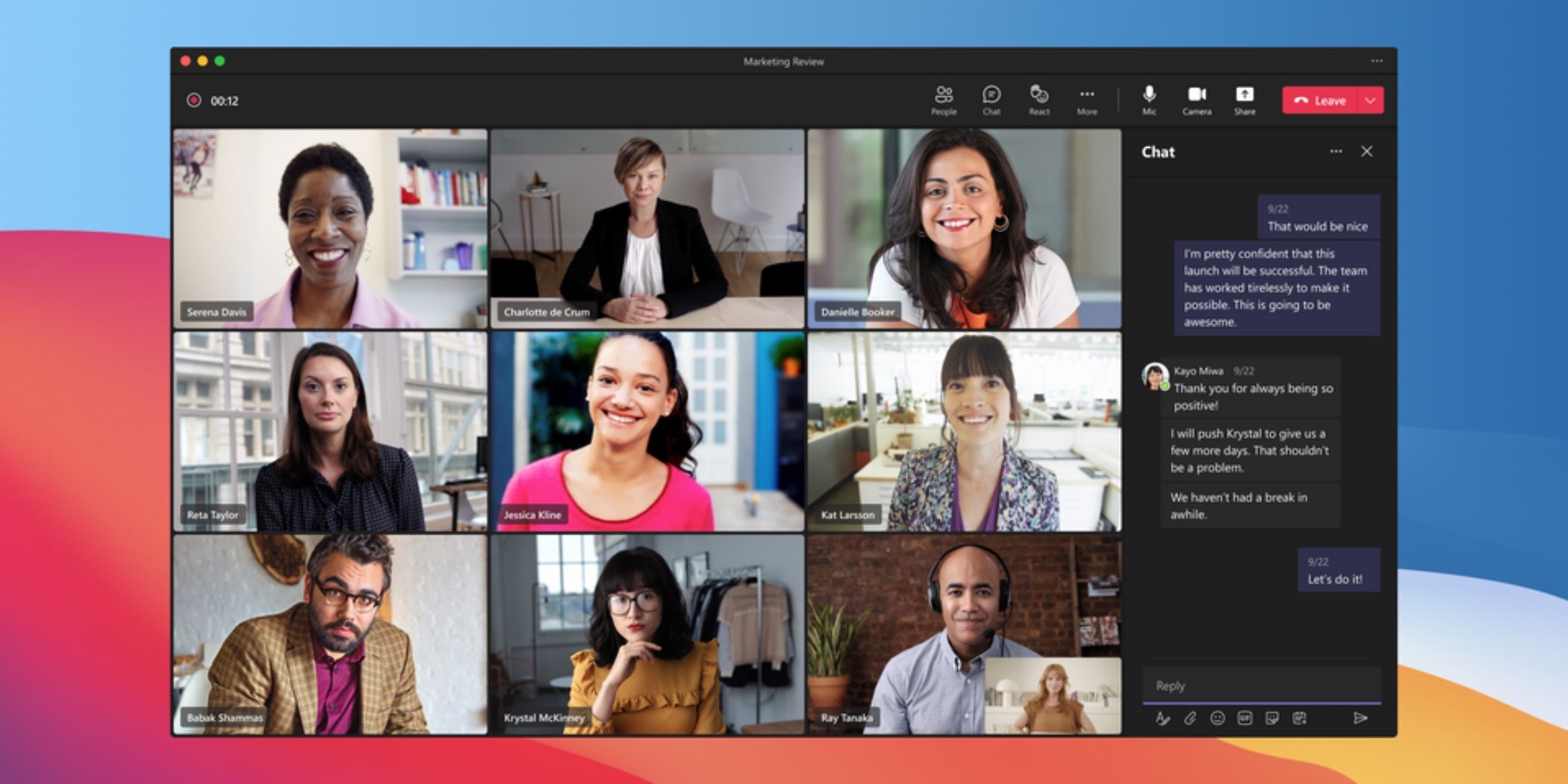The Microsoft Teams app has finally been optimized for Apple’s M-series processors and will bring performance improvements on M1 and M2 Macs.
Microsoft is rolling out a new version of its Teams application that runs natively on Apple Silicon without any emulation, resulting in better performance and increased optimization. Teams a popular option for professional-grade video calls and virtual meetings. The move comes over two years after Apple’s transition to in-house processing units was announced at WWDC in June 2020. Though the company championed its new chips’ performance and efficiency, this had to be taken with a grain of salt, because a slew of third-party applications would not run natively at launch. The processing architecture of Apple Silicon is different from that of mainstream Intel and AMD processors, and developers needed time to update their applications to support the platform.
Common computer processors from the likes of Intel and AMD run on a type of chip architecture called x86, which is by far the most common and relevant chip architecture today. However, Apple Silicon and its M-series processors run on the ARM platform. It’s the same architecture that powers most smartphones and mobile devices, housing many processing units and components on a single chip. Due to the sudden shift to Apple Silicon in 2020, traditional computer applications were not designed to run on ARM platforms. Instead of running natively, the programs first ran through an emulation layer to support Apple Silicon computers.
The version of Microsoft Teams for Apple Silicon will be rolled out to all users during a period that will last a few weeks, per the company. When the updated application does reach all users, though, they are sure to notice an improvement in performance and efficiency. The older version of Microsoft Teams ran in an emulation layer, essentially simulating an x86 platform within an ARM-based macOS environment. This meant that an Apple Silicon Mac was doing extra work to provide the same experience as native platforms, or in some cases, a worse experience. With a native Apple Silicon application, this emulation layer is removed, and more processing power is freed up for other tasks. Microsoft also says that Teams users will see a performance improvement when using multiple high-resolution monitors during video calls.
How To Get The Apple Silicon Teams App Early
To skip the incremental rollout of the Microsoft Teams application for Apple Silicon, users can get the software early through the Microsoft Teams Public Preview program. It takes a bit of work to set up, but the public preview allows users to test the latest features coming to Microsoft Teams before anyone else. While users running the official build of Microsoft Teams will have to wait until their application is updated through the incremental rollout, every user running the public preview will be updated to the correct version of Teams. After the rollout is completed, each Mac will automatically be updated to the application designed for their system — Intel Macs will use an x86 application, while Apple Silicon Macs will use an ARM application.
For users who already have the Microsoft Teams application installed on an Apple Silicon Mac, there may be issues when updating to the newest version. Since it is installed via an upgrade rather than a fresh download, macOS may still think the application needs emulation. To correct this, find the Microsoft Teams app in the Finder and click on it with two fingers. This will open the properties window, where users should make sure ‘Open in Rosetta’ is unchecked. Rosetta is Apple’s x86 emulator, so unchecking this box will tell the system to run Microsoft Teams natively for Apple Silicon. With the updated Microsoft Teams app, Apple Silicon users will be able to utilize an optimized version of the application for the first time.






